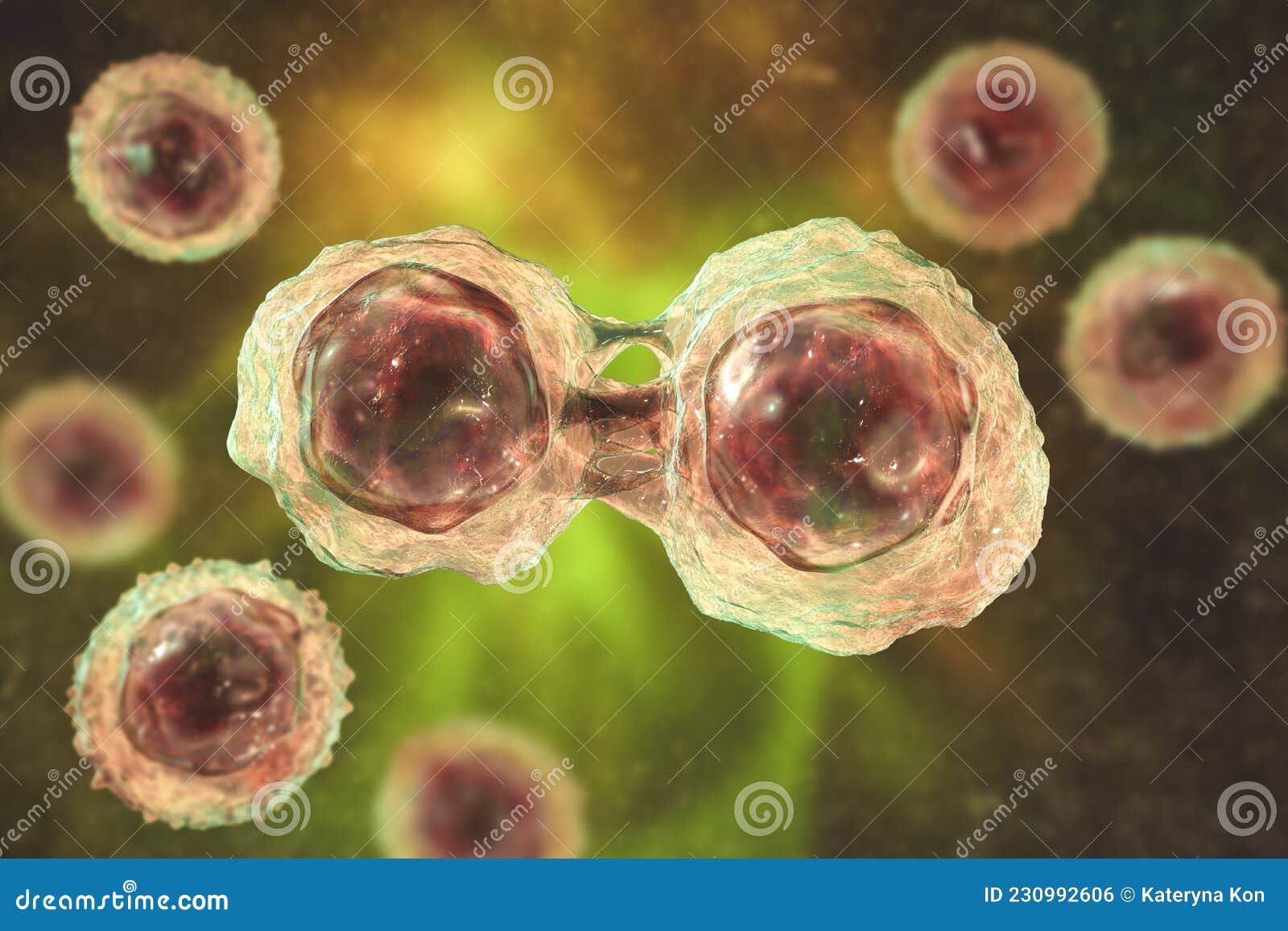PlantBodiesstems Biology Diagrams
PlantBodiesstems Biology Diagrams Learn about the different types of stem cells, their unique properties, and how they are cultured and differentiated in the laboratory. Find out how pluripotent stem cells can self-renew and form all the cell types of the body. Cell division - AQA Stem cells. Chromosomes carry genetic information in a molecule called DNA. A type of cell division called mitosis ensures that when a cell divides each new cell produced has Asymmetric cell division (ACD) produces two daughter cells with distinct fates or characteristics. Many adult stem cells use ACD as a means of maintaining stem cell number and thus tissue homeostasis. Here, we review recent progress on ACD, discussing conservation between stem and non-stem cell systems, molecular mechanisms, and the biological meaning of ACD.

Asymmetric division is a fundamental process for generating cell diversity and maintaining the stem cell population. During asymmetric division, proteins, organelles, and even RNA are distributed unequally between the two daughter cells, determining their distinct cell fates. The mechanisms orchestrating this process are extremely complex. Dysregulation of asymmetric division can potentially

Asymmetric cell division Biology Diagrams
Strong stimulation of the T‐cell receptor has been shown to induce an increase in asymmetric stem cell division rates using live imaging. Generation of CD8 T memory cells is achieved by asymmetric stem cell division (Gräbnitz et al., 2023). In a self‐renewing adult tissue‐ the lining of the intestine and the outer layer of the skin

Stem cells and asymmetric cell division. The roles of asymmetric cell division in stem-cell control, coupled with the mechanisms that regulate this process, have been extensively reviewed 1,2,3,4 An asymmetric cell division produces two daughter cells with different cellular fates. This is in contrast to symmetric cell divisions which give rise to daughter cells of equivalent fates. Notably, stem cells divide asymmetrically to give rise to two distinct daughter cells: one copy of the original stem cell as well as a second daughter programmed to differentiate into a non-stem cell fate. Stem cell division decision trees for the numerical algorithm. Open in a new tab (a) Divisions of wild-type stem cells. (b) Divisions of mutant stem cells. Stem cells are denoted by light circles with an "S" and TA cells by shaded circles with a "D". One-hit mutants are marked with a star.
